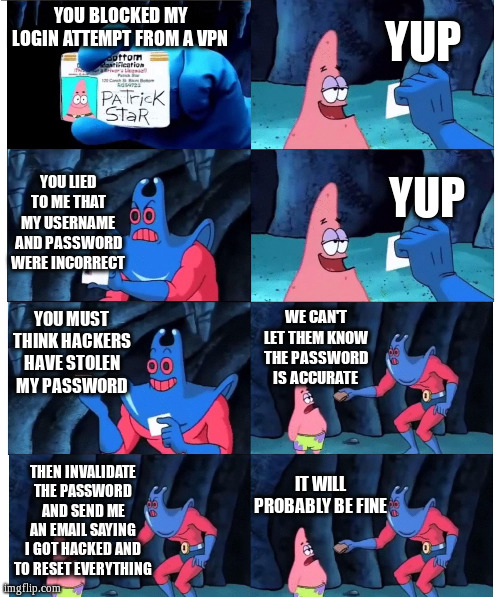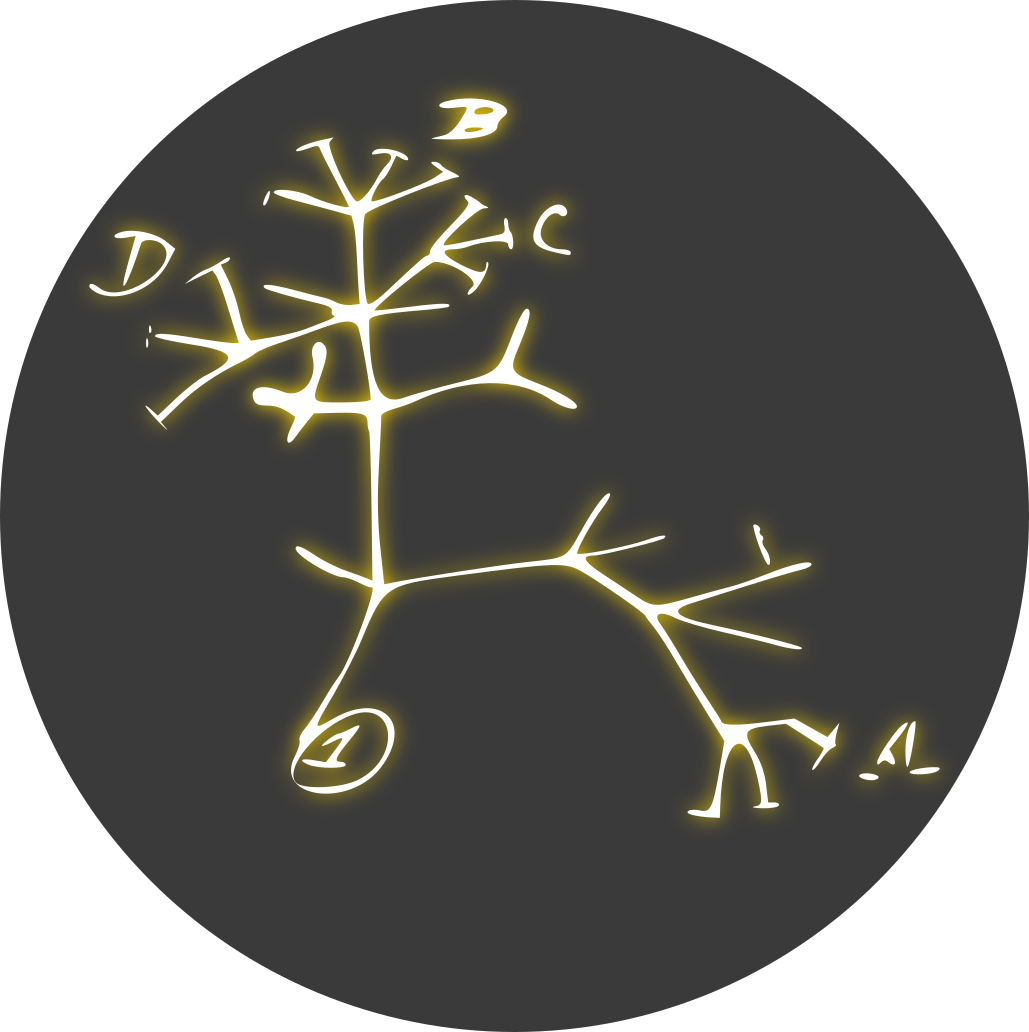

a standalone drive
Another cool/scary feature of the BluRay spec is offline firmware updates (called BD+). Any disc can contain code that runs automatically and can patch the player firmware or execute arbitrary functions. So if you have an older hacked player and you insert a newer disc into it, the AACS Consortium has the ability to brick it. Or if you “own” an older disc but the Consortium starts to dislike it for some reason (maybe they discovered that the disc was printed by a pirate publisher, or maybe there was a retroactive licensing dispute), they can include code on every newly published disc that blacklists the old disc. Even with a standalone player that you never connect to the internet, the moment you insert any new disc into it, your old “problematic” disc will be unplayable. This has never yet happened with a previously-legal disc AFAIK, but it is possible within the spec. Every player manufacturer must obey the spec and implement the BD+ virtual machine in order to be allowed to read AACS content. And if you hack your player to ignore BD+ code, then the newer disc will not play because its content may be scrambled in a way that only the custom BD+ code included with it can unscramble.











Physical players disconnected from the internet can still receive offline firmware updates included on the discs themselves. The moment you insert a new disc, it automatically executes BD+ code that in theory could patch the firmware to blacklist an arbitrary old disc that you own. This has never yet happened with a previously-legal disc, but then again for example Amazon has never deleted purchased copies of the 1984 book from customers’ kindles, until one day when it did.